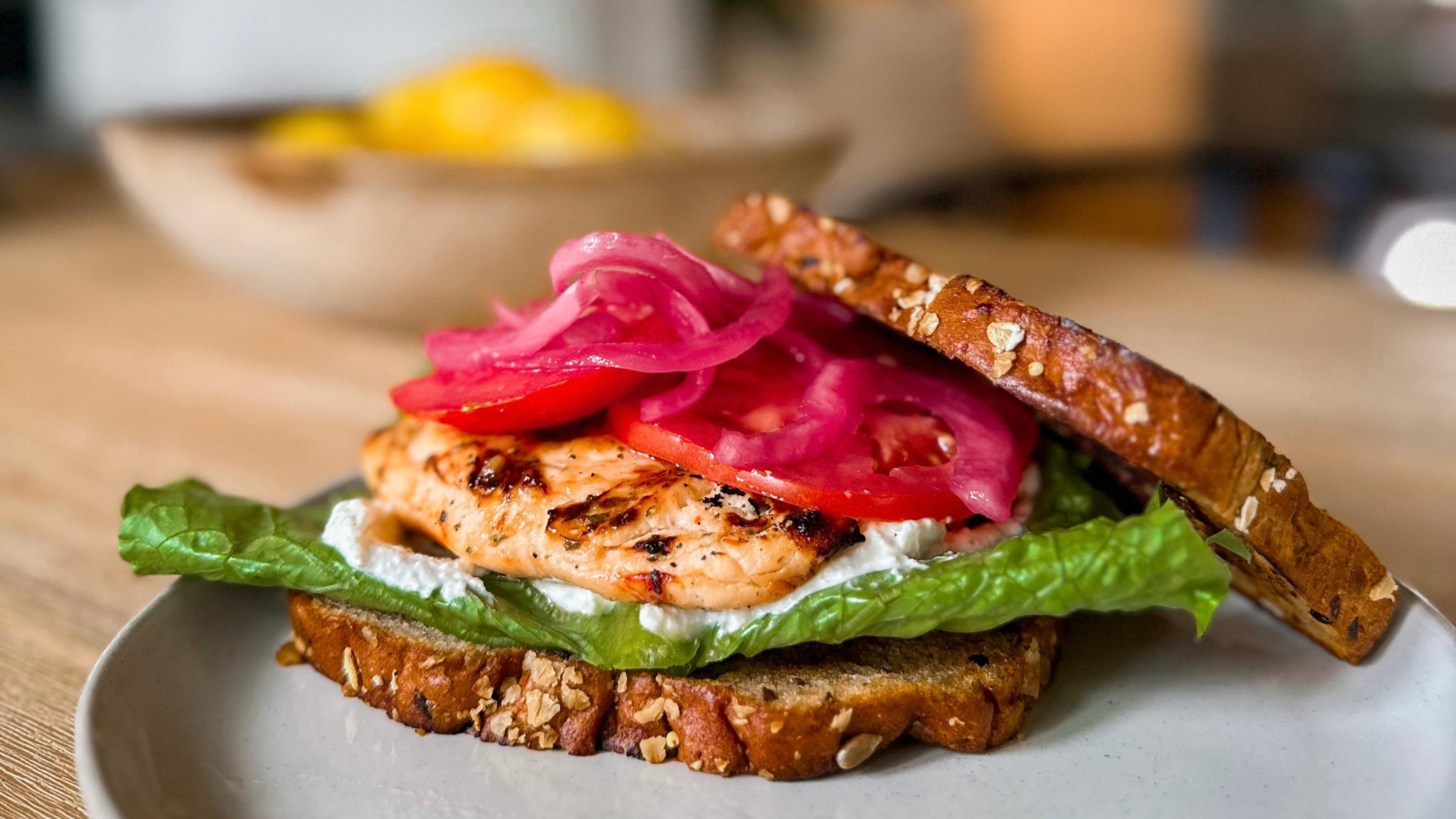The Skinny on Brown Fat

Ashley Kunz
| 3 min read

Brown fat has recently received media attention due to research that has shown it to be beneficial for increasing the rate at which calories are burned, among other things. Between being thought to help make people thinner and less prone to diabetes, brown fat appears to have a remarkable value in today’s society. The obesity and diabetes prevalence is ever increasing in the United States and according to the Centers for Disease Control and Prevention, more than one third of adults are obese and 29.1 million people (9.3 percent of the population) have diabetes. With more understanding of the activation of brown fat, we will likely, at some point, see its utilization for significant outcomes.
The fat stores in the human body are made up of white and brown fat. White fat is the most plentiful fat found on the body, storing energy and producing hormones that are secreted into the bloodstream. Brown fat, making up a very small percentage of total fat, is located in the neck and around the collar bones. When activated, brown fat can burn white fat, making it appear to act more like muscle than fat. Stimulated by exercise and exposure to cold temperatures, brown fat is appearing to have incredible metabolic benefits.
The metabolic benefits of brown fat activation include increased metabolism, improved insulin sensitivity, better blood sugar control and burning up to 300 calories per day. Scientists are currently working on developing a drug that can increase brown fat stores or keep the current stores maximally stimulated in order to improve insulin sensitivity, and aid in weight management. This drug would not be a solution for diabetes and obesity prevention, and would need to be accompanied by a healthy diet and exercise regimen for optimal results.
A recent study done by Dr. Paul Lee from the National Institutes of Health analyzed the relationship between brown fat activation and climate change. The study, called the Impact of Chronic Cold Exposure in Humans (ICEMAN) followed five 19-23 year old men for a period of four months. The study involved sleeping in rooms of varying temperatures (between 66.2 and 80.6 degrees Fahrenheit). Brown fat stores were measured using cold-stimulated PET/CT scans and tissue metabolic changes were monitored by using biopsies of fat and muscle.
The conclusions of this study were that sleeping in a room at a temperature of 66.2 degrees Fahrenheit increased brown fat activity and amount by 30-40 percent, and sleeping in warmer rooms was shown to significantly decrease the amount and activity of brown fat. At 80.6 degrees Fahrenheit, brown fat stores were shown to decrease even below the baseline that the men had at the beginning of the study. These findings are significant, showing that sleeping in cold rooms can, in turn, increase brown fat activity and stores, leading to major metabolic benefits.
In conclusion, further research is necessary to fully understand the utility of brown fat, but the preliminary research looks promising. While sleeping in a cold room can burn extra calories, a healthy diet and exercise are also effective ways to manage weight.
Photo credit: Nina Matthews





